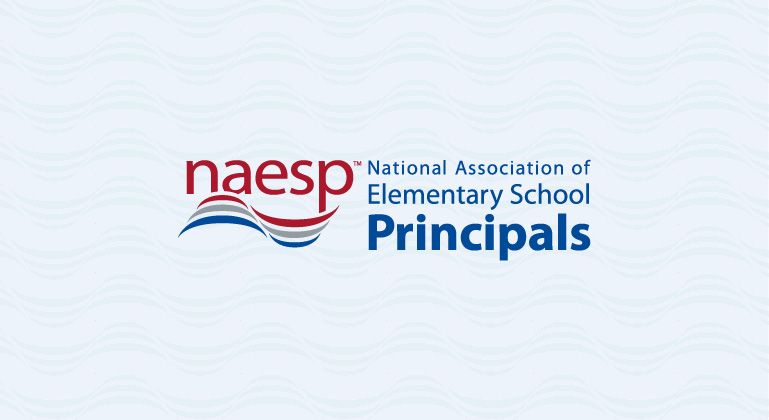Efficacy Based Leadership: Moving from Ideas to Results
Session notes from “Efficacy-Based Leadership: Moving From Ideas to Results,” presented by Eric Sheninger.
What was the speaker’s main message?
Teacher efficacy is one of the most powerful strategies we can implement in schools if we truly desire to change in schools. We can do this by:
- Challenging the status quo;
- Being honest and vulnerable;
- Determining our success criteria and advocating for it; and
- Investing in job-embedded professional learning.
Efficacy is any idea that you put in place, but how do you show that idea has led to changes in practice? We need irrefutable evidence of better results.
What were the speaker’s best quotes?
“As we think about change, questions are more important than answers. Why do you do what you do? How can you do it better? What tells you if you are successful? The status quo is like a warm blanket, it might feel good, but you won’t get anything new.”
“Leadership isn’t telling people what to do. It’s taking people where they need to be by empowering them to want to be part of the solution.”
“When you think of efficacy, the question is, ‘How do you move the needle when it comes to evidence based practices?’ We know the behaviors, the dispositions, but how do we move from knowing what we should be doing to actually doing it and creating the results.”
“Your greatest asset in building efficacy; creating change is your ability to read the room.”
What were the top ideas from the session?
Sheninger challenged the notion of best practice in leadership, instead preferring effective practices. If there were best practices, we’d all be doing to a high degree of fidelity and getting amazing results. There are effective practices, those that work for you, your staff, and your community. Following a must-do mantra is not leadership; it’s about knowing the situation, people, and needs.
Sheninger shared seven characteristics of leadership: vision; communication; reflection; consensus; delegation; storytelling; research and development; and modeling, feedback, and support. These characteristics will make the leader the Swiss Army Knife of efficacy and change in the school.
The pedagogical leader develops relationships, provides research and resources, makes time to provide feedback, learns with teachers and administrators, and collects and analyzes evidence. So, if a leader truly wants to create efficacy and change, how can a leader grow as a pedagogical leader? Sheninger identified ten ways: visit more classrooms, establish norms, increase feedback, adopt a scholarly mindset, model expectations, prioritize growth, teach a class, reflect through writing, leverage portfolios, and co-observe.
What is one idea you want to learn more about?
I would like to learn more about the change process as outlined by Sheninger. He shared a great graphic on change. I think it would behoove me to reflect further on the change process, where each staff member is at in the process, and how to improve efficacy at each stage. The stages he identified were the status quo, struggle, dissonance, innovative idea, assimilation, and new status quo.
What is one strategy that will help you with instructional leadership?
One of my favorite strategies Sheninger shared was his coaching/reflective questions. I hope to use these to improve communication, reflection, and efficacy as a result of walk throughs.
Reflective Questions
- How do you think the lesson or activity went?
- What would you have done differently?
- How do you know your kids learned?
- Where was the level of thinking?
- How did kids apply their thinking in relevant and meaningful ways?
- How did you push all kids regardless of where they were?
- What role did technology have in the process?
- What accountability structures were put in place?
- What do you think your kids thought of the lesson?
What are resources you will check out?
- Sylvia Duckworth’s sketchnotes: 10 Things Teachers Want from Professional Learning.
- Aspire Change EDU
- Disrupting Thinking In Our Classrooms
I can’t wait to tell my teachers about this idea:
“I’ve visited thousands of classrooms across the world. And I don’t see closure at the end of the lesson, so the question is how are you getting feedback as a teacher if you are not implementing closure.” Madeline Hunter reminded of the importance of this decades ago. Learners/Listeners need the clarity a summary provides.
Notes by Todd L. Brist, principal of Watertown Middle School in Watertown, South Dakota.


